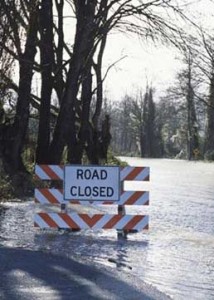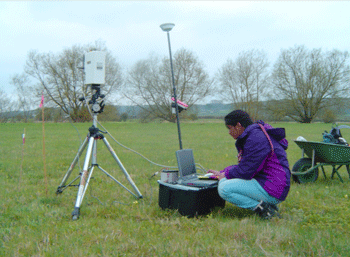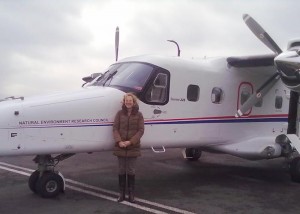 Dr Sally Lloyd-Evans, Senior Lecturer in Human Geography has been awarded the ‘Gold Star Award for Best Lecturer in the Faculty of Science’ by Reading University Student’s Union.
Dr Sally Lloyd-Evans, Senior Lecturer in Human Geography has been awarded the ‘Gold Star Award for Best Lecturer in the Faculty of Science’ by Reading University Student’s Union.
Students nominate staff who they feel have had positive impact on their studies by supporting and inspiring them: “The winner of the Science Gold Star Award always gives enjoyable and interesting lectures, is incredibly enthusiastic and is always on hand to help students, whether that is via email or one to one meetings. Sally is praised by students for being supportive, patient and understanding, always being on hand to offer guidance and words of encouragement. When students were faced with a new style of working she takes time out to allow students to hand in drafts of their reports and offer hand written comments giving not only fantastic feedback, but motivational words of encouragement.”
Dr Steve Gurney, Senior Lecturer in Geomorphology, was short-listed for the award for the second year running which demonstrates how well-deserved Geography’s excellent reputation for teaching quality is.






